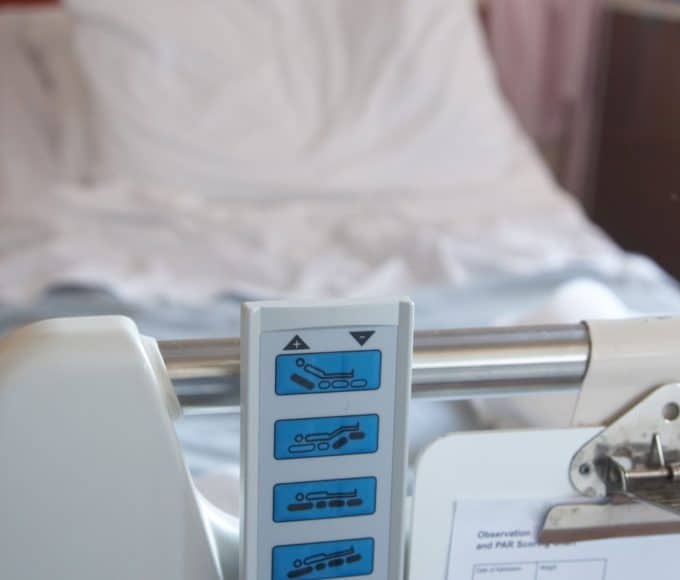The fungal meningitis outbreak linked to tainted steroid injections has now sickened over 400 people and claimed the lives of at least 29 more.
The United States Centers for Disease Control and Prevention announced today that 404 cases have been found in 19 states, 395 of them are fungal meningitis and 9 are joint infections and then have all been linked to vials of an injectable steroid called methylprednisolone acetate that were produced by the New England Compounding Center in Framingham, Massachusetts.
The Massachusetts Department of Public Health has been busy investigating the cause of such a devastating outbreak but has yet to discover how the fungus exserohilum rostratum was able to contaminate what were supposed to be sterile vials. Investigators did discover that many of the vials were shipped without undergoing sterility testing and that the mats in the drug mixing area were “visibly soiled with assorted debris.” They also discovered that a boiler kept near the mixing area created an “environment susceptible to contaminant growth.”
Investigators also found that two other drugs manufactured by the New England Compounding Center were contaminated with bacteria and the pharmacy has been forced to recall of its products and shut down operations. Their sister company, Ameridose, has also shut down all operations due to concerns of contamination.
This outbreak has been so hard to get ahead of because of the length of time the disease can take to manifest. According to the CDC it has taken as many as 42 days for symptoms to appear after the injection and can only be diagnosed with a spinal tap. Symptoms can include fever, dizziness, nausea, weakness, sensitivity to light and pain. The contaminated drugs were called 37 days ago so officials are hopeful that the worst is over. The one but of good news is that fungal meningitis is not transmittable like bacterial meningitis so only people who received the contaminated injection are at risk.















